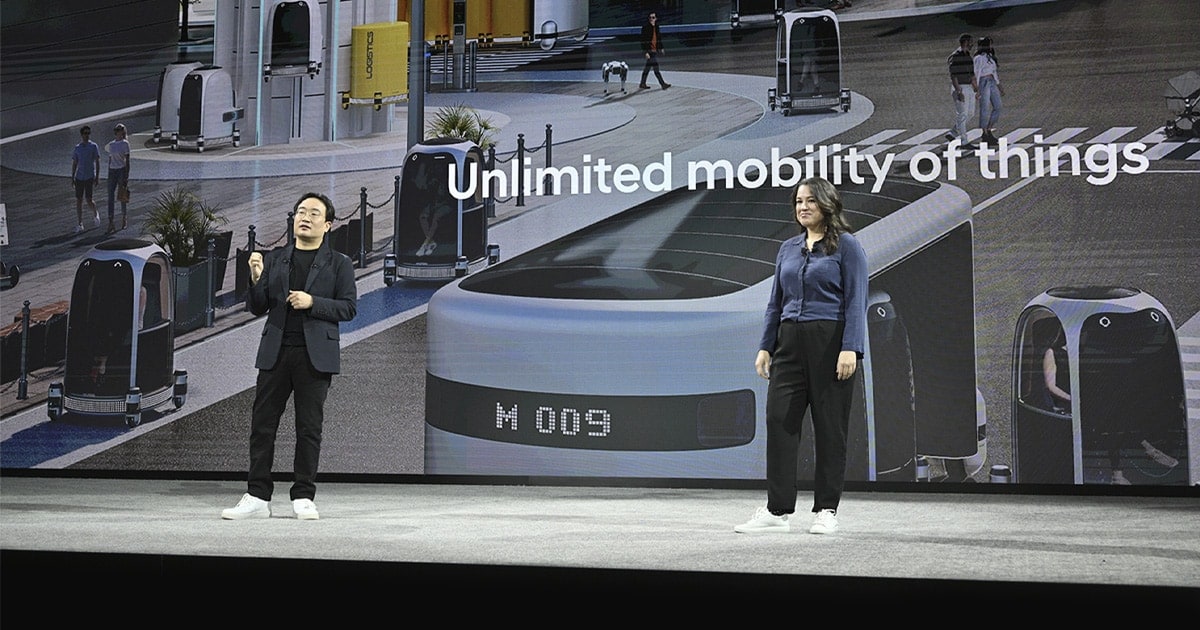
It’s January and we should be at CES in Las Vegas city’s convention center right now. Unfortunately, coronavirus had other plans and TomTom, along with many other companies, has decided to exercise maximum caution and not attend in-person. CES is still going ahead though, albeit with reduced attendance and a host of virtual presentations. But we’re not going to let anything stand in our way, here’s the low down on what’s hot at this year’s CES in automotive.
CES is a giant of a show. In pre-Covid times it would attract some 180,000 attendees from all walks of the tech world. Products like televisions, stereos, mobile phones, computers and laptops are what CES built its name on, in more recent years the show’s automotive section has grown and gained more interest than ever.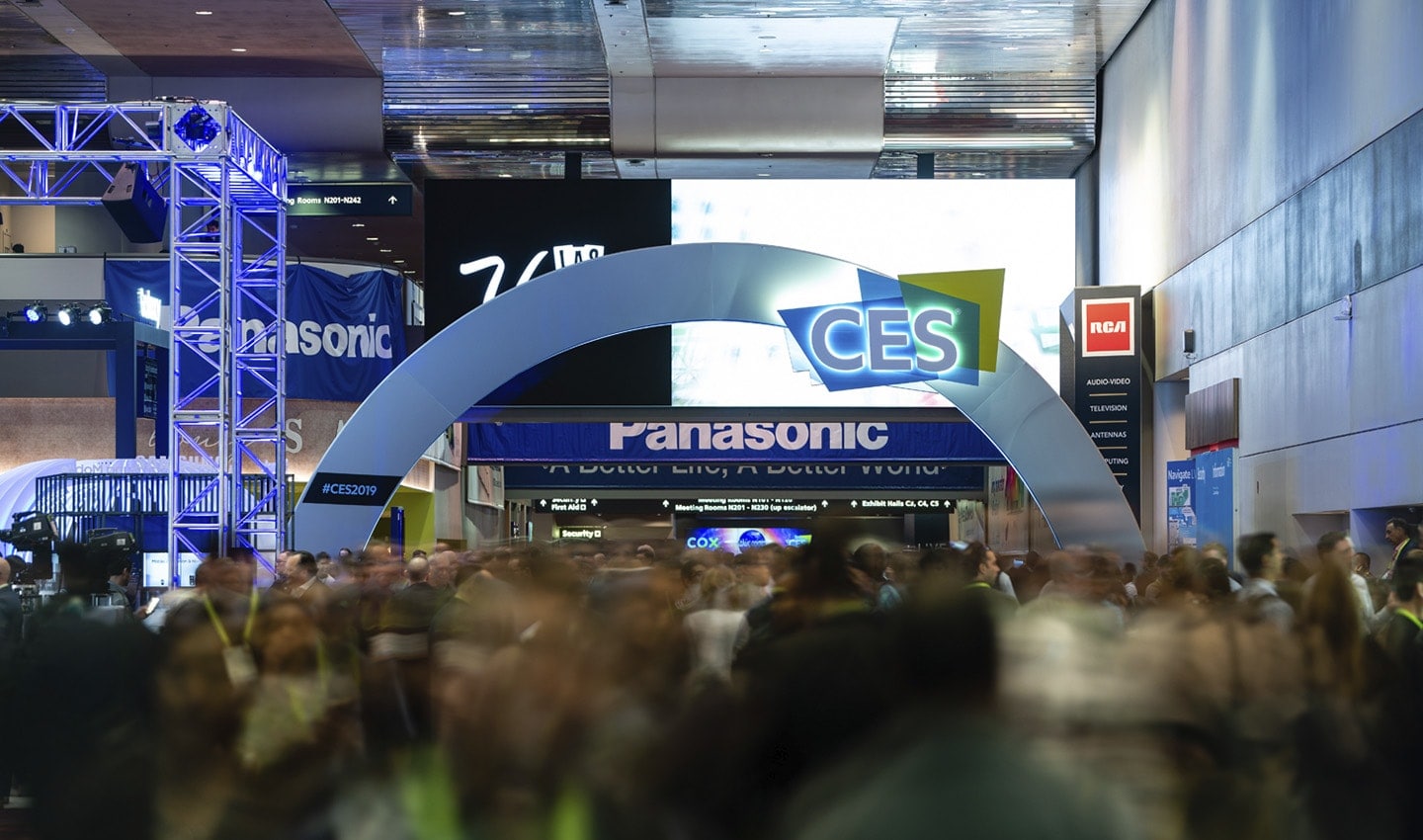
CES is still going ahead, but there won’t be as many people there as usual. We’re still keen to experience as much of it as possible, even from distance.
This year’s edition was going to be no different with the largest number of automotive exhibitors in the show’s history. All of us at TomTom, myself in particular, were extremely excited to go to CES, not just to speak to folks in the industry about what we’ve been working on recently, but also to check out what everyone else has been working on.
Even though we’re not there in-person, we are in spirit (and virtually), here are some of our favorite things we’re seeing.
Screens (and digital cockpits) everywhere
If we’d have been at CES, we’d have been talking about TomTom Digital Cockpit, the open software development platform that’s designed to make it easier, cheaper and quicker for carmakers to build their in-vehicle experiences. It’s been created to service a growing need in the industry, one which is a result of two things: drivers expecting dynamic and high-tech in-vehicle experiences and the challenging production processes carmakers face when developing software.
Indeed, if what’s on show at CES is anything to by, which it probably is, we won’t be able to buy a car in the future without it having at least a couple of large, high resolution screens. While this is great for consumers, it comes with baggage for carmakers: how to make great, unique in-car experiences.
German automaker BMW showed off its “Theater Screen”, because the in-vehicle experience for passengers and when you’re parked is as important as what the car’s actually like to drive these days.
Stellantis showed off its award winning Uconnect 5 in some of its Jeep vehicles. These cars also come with Amazon Fire TV built in, giving passengers access to a nice selection of entertainment apps.
Mercedes-Benz took headlines with its Vision EQXX concept, which you guessed it, has a massive screen that sweeps fluidly from driver’s side to the passenger’s side of the dashboard. Sure, it’s just a concept, but take a look at many contemporary cars and you’ll see a number of screens which suggest something like Mercedes’ concept is on its way.

The Mercedes-Benz Vision EQXX takes the dashboard display to the next level. Seamless, wide and majestic.
Electrification is still at the top of the agenda
EVs are very much still the talk of the CES town. Even though they’ve been on show at CES in many past editions of the show, their novelty is far from wearing out.
Speaking personally, I was most excited to see the Fisker’s Ocean EV. I feel like Fisker is one of the more underappreciated EV startup brands at the moment, although that seems to be changing. The company showed off a near production ready version at the L.A. Auto Show last year, and heads started turning.
At CES, Fisker will still be present, and it will be showing off its 4D radar equipped ADAS system. It says this is the 4D radar system to be offered in a consumer vehicle. 4D radar systems, as their name suggests, capture visual information in four dimensions to understand the distance and speed an object is travelling. One main benefit is that radar works better in poor weather, where LiDAR tends to suffer.
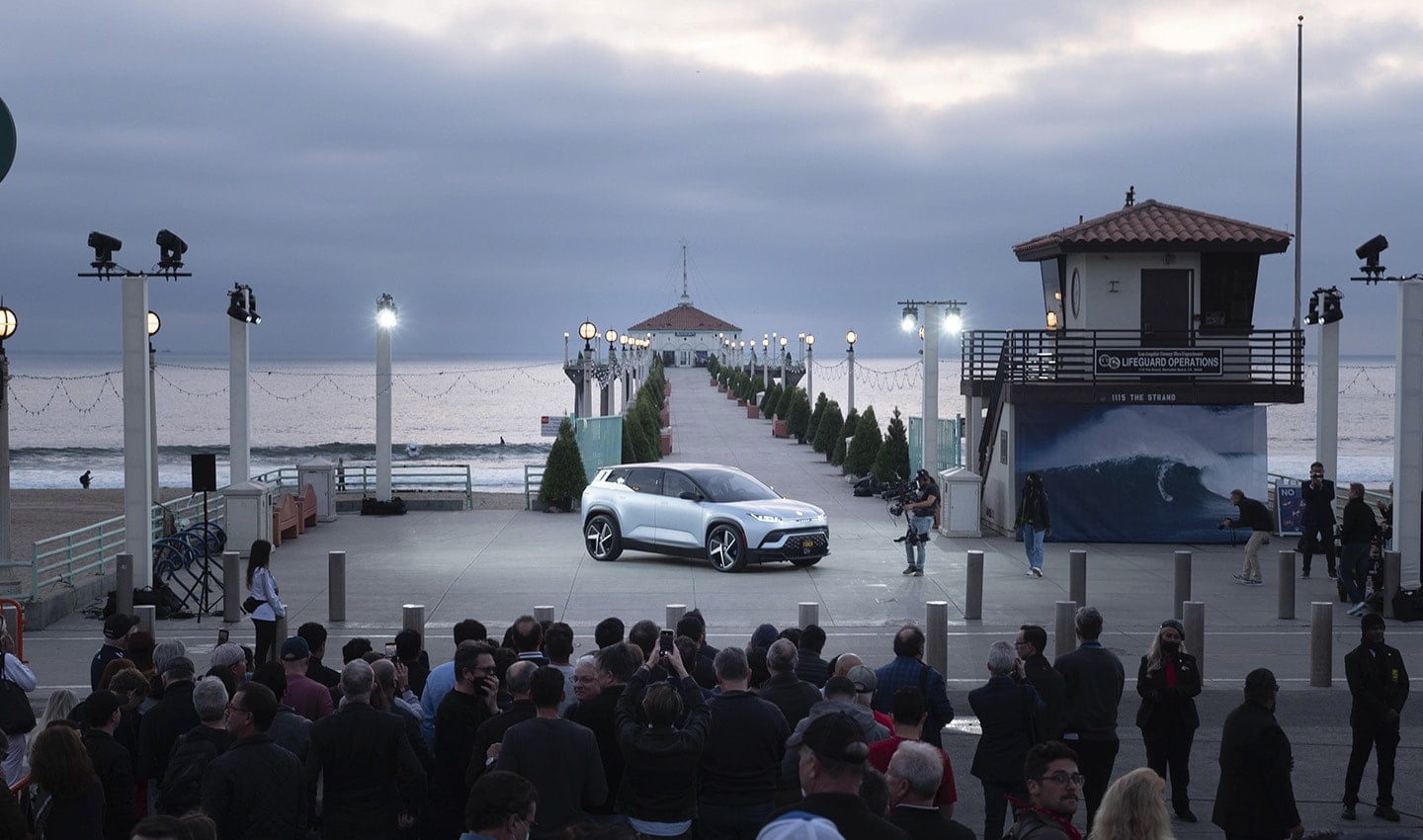
The Fisker Ocean at an unveiling at Manhattan Beach pier. With the vehicle expected to go into production this year, you can be certain we’ll be hearing a lot more from the Californian startup.
Electric vehicle technology is no longer the preserve of specialist startups; legacy automakers are now well into the game too.
Stellantis is also showing of a host of EVs and EV concepts at this years event. The group’s French marque, Citroen, had its Ami on display. If you’ve not seen the Ami yet, you really should check it out, it’s small, cute, ultra-compact and electric. It’s a great option for personal city transport and it’s incredibly customizable. What’s more, Citroen just announced that the diminutive motor will be making its way to the UK this year!
From the little, to the large: it would be remiss not to mention Chevrolet’s Silverado electric truck. With the popularity of Tesla’s Cybertruck, Ford’s F150 Lightning and the Rivian R1T, electric trucks are becoming A Thing.
One of the most talked about electric trucks at CES this year is Chevrolet’s Silverado. Since the GM brand announced the vehicle back in October, there’s been a lot of speculation over what it will look like, its features, its motors, battery and how it will sit in the American marque’s line up.
At CES, the lid was finally lifted and here’s what we saw:
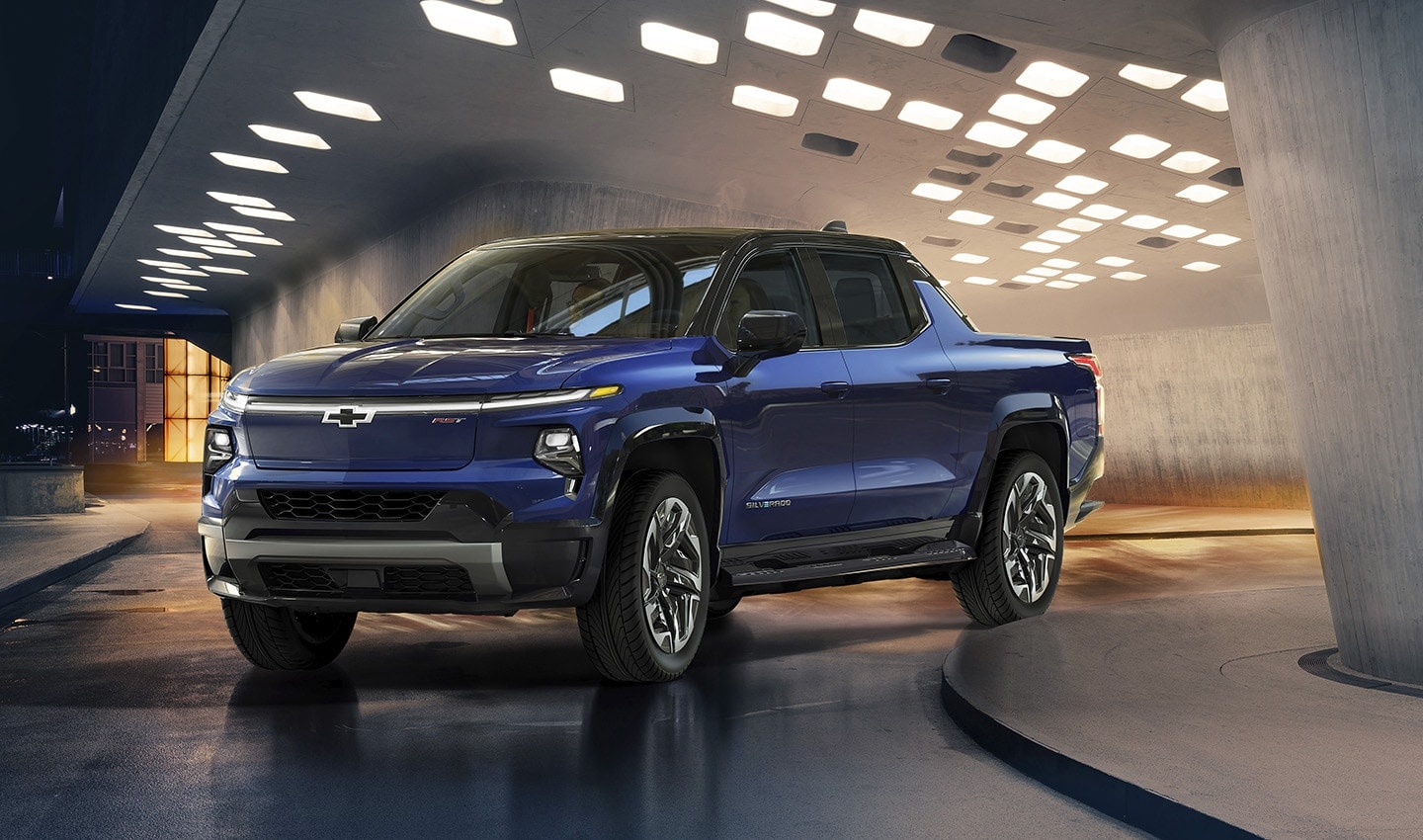
The Chevrolet Silverado EV has a host of unique features for a truck, such as a lockable frunk, power outlets and vehicle to vehicle charging.
The Silverado EV was unveiled during GM’s keynote speech and has so far garnered quite a number of headlines. Featuring a not trivial 664 horsepower, it’ll go head-to-head with the likes of the Rivian R1T and Ford Lightning F150. Prices will start at $40,000 GM says, which isn’t totally unobtainable.
Autonomous driving isn’t going away
While there’s still plenty of talk about autonomous vehicles, it doesn’t seem to happen with the fervor it once did. The industry has seen a rationalization over the past few years with a number of big-name companies shelving their autonomous driving research, leaving a more dedicated cohort of developers working on the tech.
One of those companies still intent on developing an autonomous vehicle, one for the consumer market, is Cadillac.
Alongside the Chevrolet Silverado, GM pulled back the curtain on a fully autonomous vehicle concept, a self-driving Cadillac. It calls the two-seater vehicle the InnerSpace Autonomous Concept.
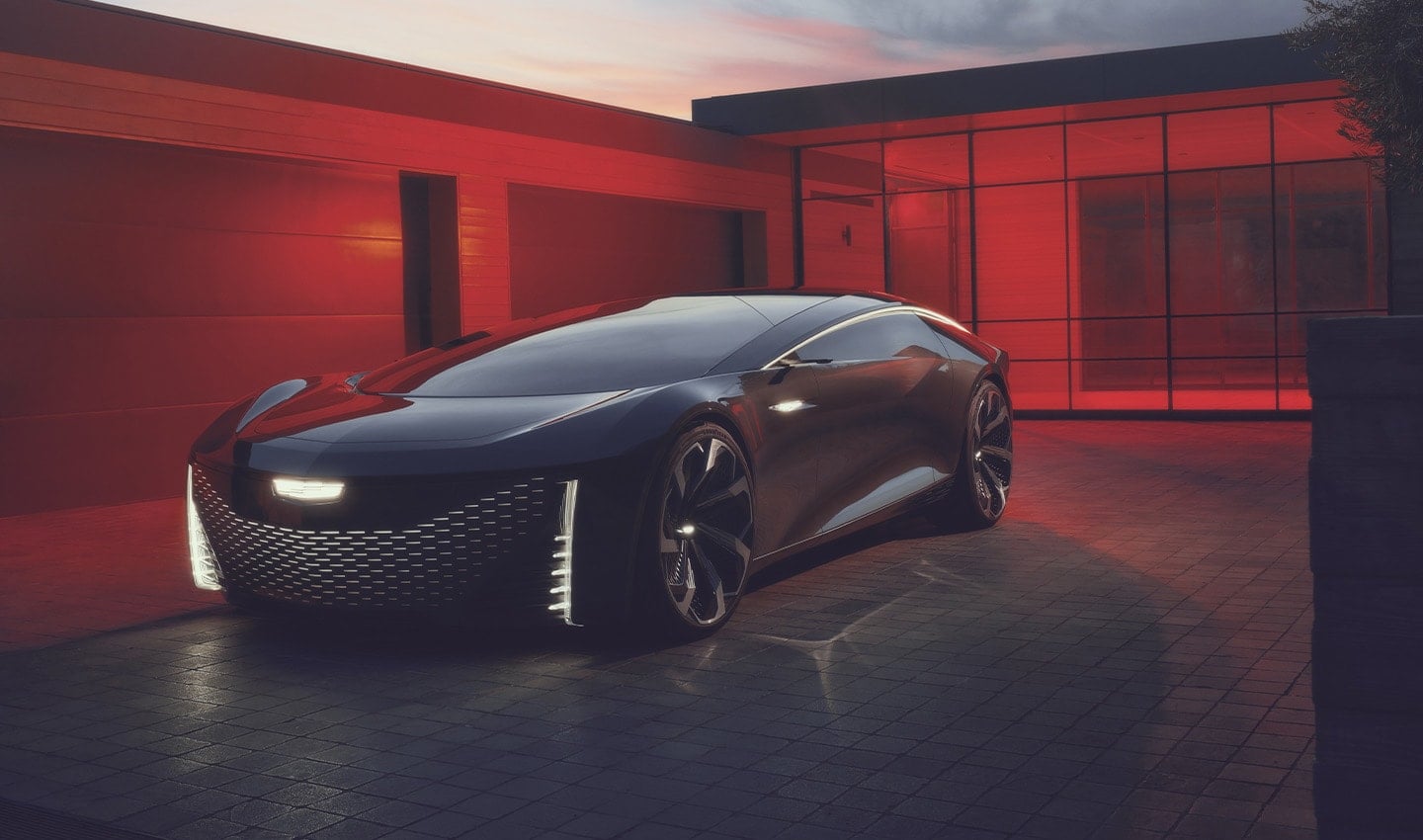
Cadillac’s InnerSpace Autonomous Concept gives a hint as to what we can expect from the brand over the next decade.
Cadillac, GM’s halo brand, is leading the EV charge for GM’s consumer vehicles. Mary Barra, GM’s CEO, said that the company believes it can market personal autonomous vehicles to individual consumers within the decade.
If we zoom out for a minute, there’s a growing world of autonomous technologies outside of the consumer automotive world. Tractor maker John Deere has been recognized for its See & Spray technology, which uses computer vision and machine learning to differentiate between plants and weeds so that herbicide can be sprayed on weeds only.
CES is also playing host to the Indy Autonomous Challenge, an Indy car race with a difference: there are no human drivers. This is the second race in the challenge series, however, it’s the first that will feature fully autonomous wheel-to-wheel racing. Racing between five university teams from around the globe takes place on January 7, 2022.
Mobility concepts
Let’s not get too wrapped up in the world of cars, though. The future of mobility isn’t just about our four-wheeled friends, it will be about everything we ride or drive and the things that drive us and our stuff.
Citroen teamed up with two other French companies, hospitality group Accor and advertising firm JCDecaux, for its mobility concept: The Citroen Skate.
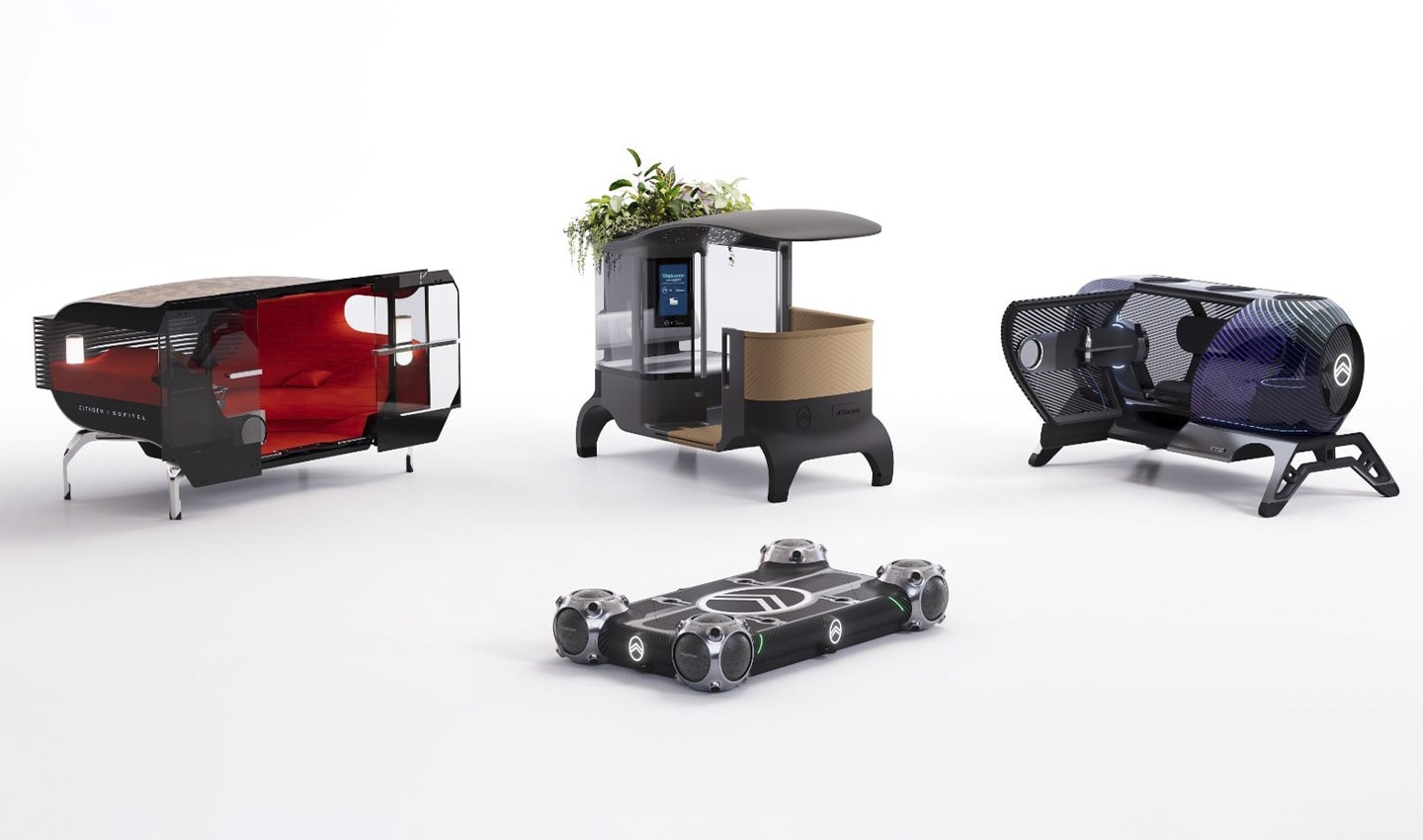
The Citroen Skate, is a multi-purpose, modular electric vehicle concept.
The Citroen Skate takes a different approach to vehicle design, where the hardware that powers it to move and the body that sits upon it, are completely separate. This makes it useful to a whole range of industries, it can be a personal transportation pod, a lounge on wheels, a mobile hotel room, a gym, a delivery van and more. These pods can be changed as needed in less than 10 seconds. Of course, it’s electric and completely autonomous too.
Citroen isn’t the only company coming up with such ideas. Korean carmaker Hyundai’s latest creation is a four-wheeled butler come manual laborer. It’s not at all surprising to see, given that Hyundai bought Boston Dynamics, the MIT off shoot famed for its impressive yet concerningly zoomorphic robot dogs.
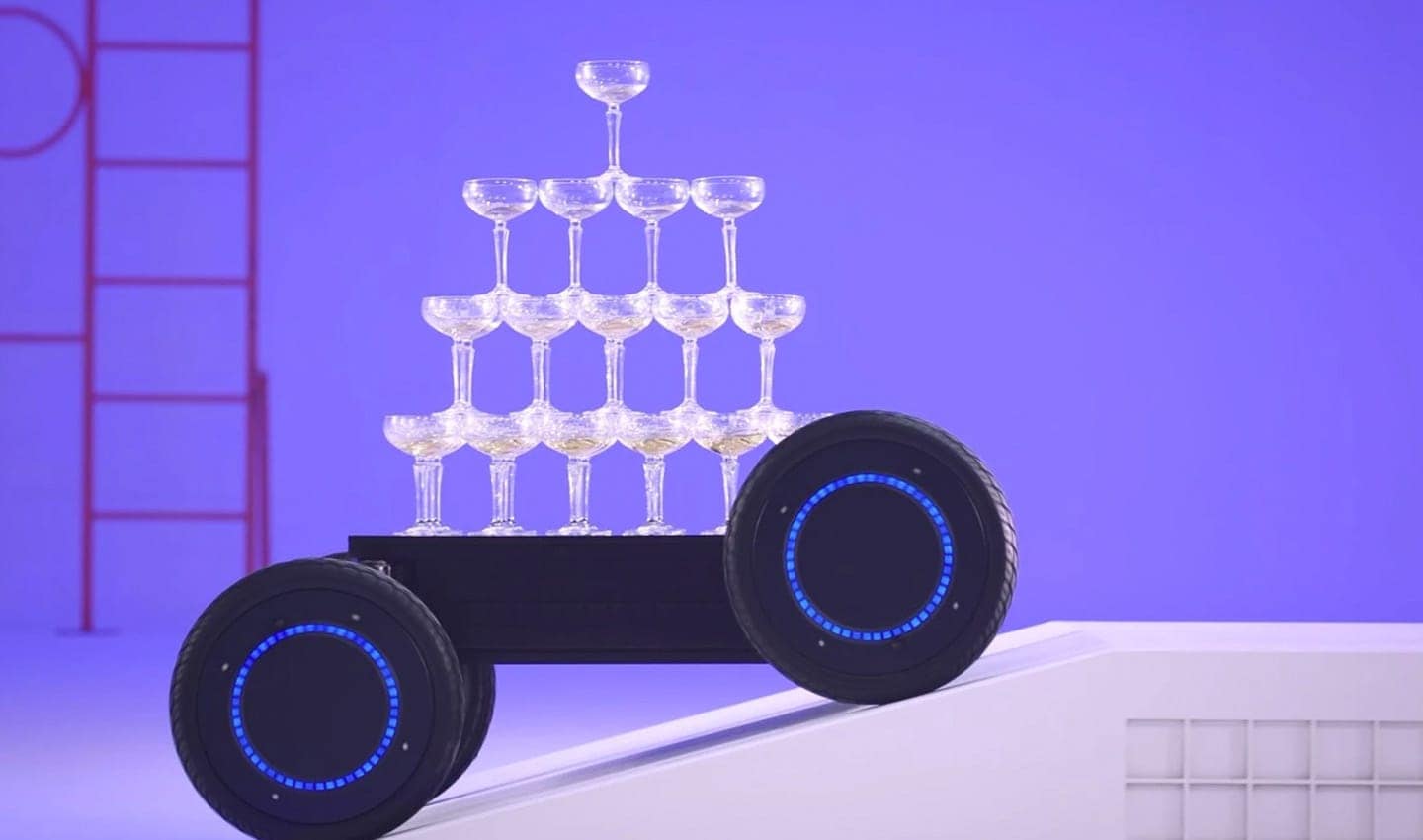
Hyundai’s mobility concept is able to drive up inclines and over books while keeping its payload level.
Hyundai calls its self-driving, self-leveling creation MobED, for Movile Eccentric Droid, and like Citroen’s Skate idea it’s not designed for any one use. Instead, it’s designed to navigate and move on its own, and accept a host of different pay loads to help humans get their jobs done with greater ease.
What’s interesting, for us at TomTom at least, is what these autonomous concepts mean for location technologies. For most drivers, location technology means things like navigation, guidance, mapping and points of interest, but for business it’s a lot more complex. It’s about planning efficient multi-stop routes, accurate ETAs and moving through dense cities with ease. With no drivers, it further adds to the challenge of how we could help machines like this operate safely and efficiently in our world’s cities.
Here’s to the future
Even though CES has been hit by the coronavirus pandemic and is unable to host its usual high-attendance event, it seems not to be dampening the spirits of the tech world. Innovation is still happening even though it’s challenging to meet face to face. If anything, the events of the past few years have focused our perspectives, it seems that the future we want to create is a lot more certain and rational.
Sure, there are moonshot ideas and concept cars which we might never see on the world’s tarmac, but there are plenty of more realistic ideas. Ideas which are paving the way for the near future of electric and efficient mobility technology.
October 21, 2022, 06:30 UTC.This article has been updated to reflect the new name of TomTom’s in-vehicle infotainment platform. It is now called TomTom Digital Cockpit.People also read
)
TomTom Digital Cockpit Now Comes with Amazon Music Out of the Box
)
Meet the devs that coded their way out of the coronavirus chip shortage
)
What should we expect from the next 12 months of mobility tech?
* Required field. By submitting your contact details to TomTom, you agree that we can contact you about marketing offers, newsletters, or to invite you to webinars and events. We could further personalize the content that you receive via cookies. You can unsubscribe at any time by the link included in our emails. Review our privacy policy. You can also browse our newsletter archive here.
)